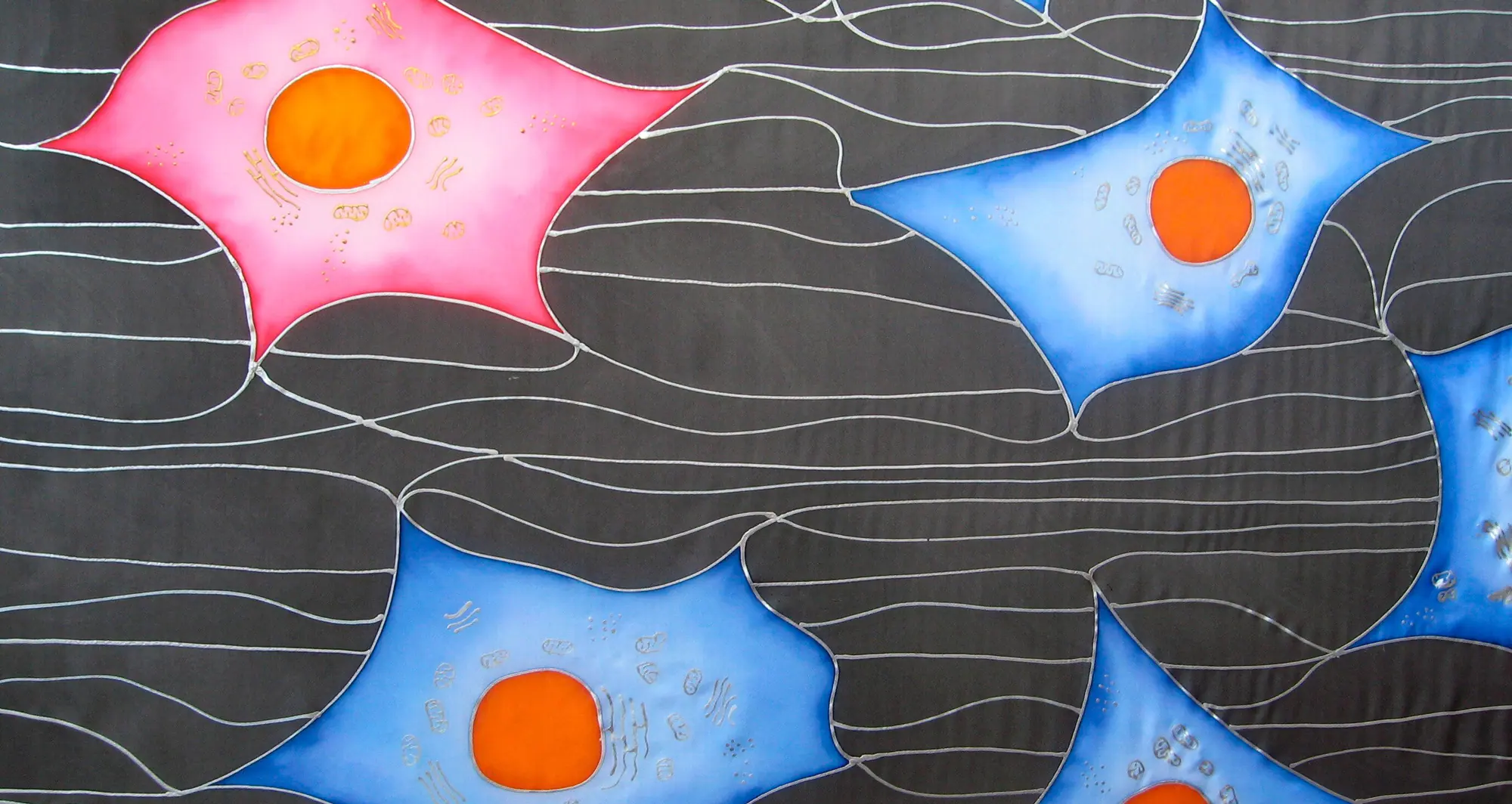Neurons
Neurons or nerve cells are the main components of nervous tissue in all animals except sponges and placozoans. Plants and fungi don’t have nerve cells. They are characterized by the ability to fire electric signals called action potentials across a neural network, either in the brain or through the central and peripheral nervous systems.
There are three basic types of neurons based on function. Sensory neurons respond to stimuli, such as touch, sound or light. They trigger messages to the spinal cord or brain. Motor neurons receive signals from the brain and spinal cord to control everything from muscle contractions to glandular output. Interneurons connect multiple neurons to create neural circuits.
There are approximately 100 billion neurons in a mature human brain. Each can make connections with more than 1,000 other neurons, creating approximately 60 trillion total neuronal connections.
Given their profound and fundamental importance to every aspect of life, the roles of neurons in both health and disease has long been a matter of intense study. At Sanford Burnham Prebys, that effort has often focused on the fate of neurons in neurodegenerative diseases like Alzheimer’s and in the processes of aging. By 2050, the number of Alzheimer’s patients age 65 and older may nearly triple from 5 million to 13.8 million.
Leading those investigations are researchers Jerold Chun, MD, PhD, Anne Bang, PhD and Timothy Huang, PhD.
About the art: Odra Noel is a medical doctor and PhD in basic science, with additional degrees in aesthetics and music. Her silk paintings focus primarily on human biology, often informed by microscopy. Wellcome Collection.
